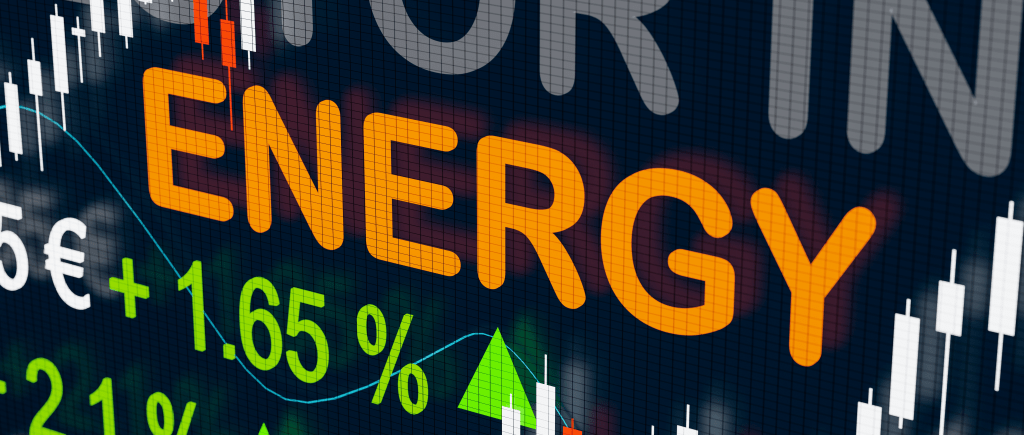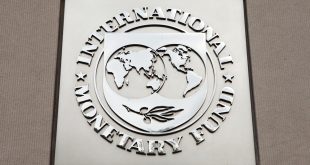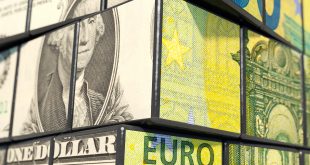On July 3, 2025, Brent crude futures dipped to $68.74 per barrel, down 0.54%, while WTI crude futures fell to $66.90 per barrel, down 0.82%, despite optimism from a U.S.-Vietnam trade deal and eased Middle East tensions. OPEC+’s upcoming decision on August output and the July 9 expiration of a U.S. tariff pause introduce uncertainty. This article argues that while trade progress supports oil prices, potential OPEC+ supply increases and tariff-driven demand risks could reverse recent gains, requiring vigilant policy coordination to stabilize markets.
U.S.-Vietnam Deal Fuels Optimism
The finalized U.S.-Vietnam trade deal, imposing 20% tariffs on select exports, has bolstered market sentiment, driving a five-day gain of 2.86% for Brent and 2.56% for WTI. Treasury Secretary Scott Bessent’s confidence in the deal, alongside a 90-day tariff pause with nations like the UK and China, has eased trade war concerns. Strong U.S. jobs data (147,000 jobs added in June, unemployment at 4.1%) and China’s June factory activity growth signal robust oil demand, supporting prices. However, these gains are vulnerable to global economic shifts.
OPEC+ Output Decision Looms
OPEC+’s July 6 meeting to set August output levels could disrupt the rally. The group has increased production by 411,000 barrels per day (bpd) monthly since May, with another 411,000 bpd hike likely, totaling over 800,000 bpd in two months. Global inventories rose 93 million barrels in May, and further supply growth risks oversupply. Saudi Arabia’s efforts to discipline overproducers like Kazakhstan and Iraq may ensure compliance but could push Brent down toward $60 per barrel and WTI toward $58 if demand falters.
Tariff Deadline Adds Volatility
The July 9 end of the U.S. tariff pause introduces significant risks. President Donald Trump’s “reciprocal tariffs,” potentially reverting to higher April 2 rates, threaten global growth. The International Energy Agency cut 2025 oil demand forecasts by 400,000 bpd to 730,000 bpd, citing tariff impacts on U.S. and Chinese economies. Retaliatory tariffs could further reduce demand by up to 500,000 bpd, pressuring prices. Bessent’s claim that tariffs cause only a “one-time price bump” contrasts with these concerns, highlighting market uncertainty.
Gold Reserves Reflect Financial Markets’ Caution
Central banks added 20 tonnes to global gold reserves in May, up 66.7% from April but below the 12-month average, signaling caution amid tariff and supply risks. Gold’s role as a safe-haven asset suggests markets anticipate volatility. A sharp oil price decline could spur further gold purchases, reflecting broader economic unease.
Path to Market Stability
The U.S.-Vietnam trade deal supports oil prices, but OPEC+ supply hikes and tariff risks threaten a downturn. Policymakers must clarify trade policies to prevent shocks, while OPEC+ should align output with demand to avoid oversupply. Investors should track U.S. economic data, OPEC+ outcomes, and tariff developments. Without coordinated efforts, Brent (down 0.54%) and WTI (down 0.82%) could fall below $60 and $58, respectively, by late 2025, erasing recent gains.
 Noor Trends News, Technical Analysis, Educational Tools and Recommendations
Noor Trends News, Technical Analysis, Educational Tools and Recommendations





